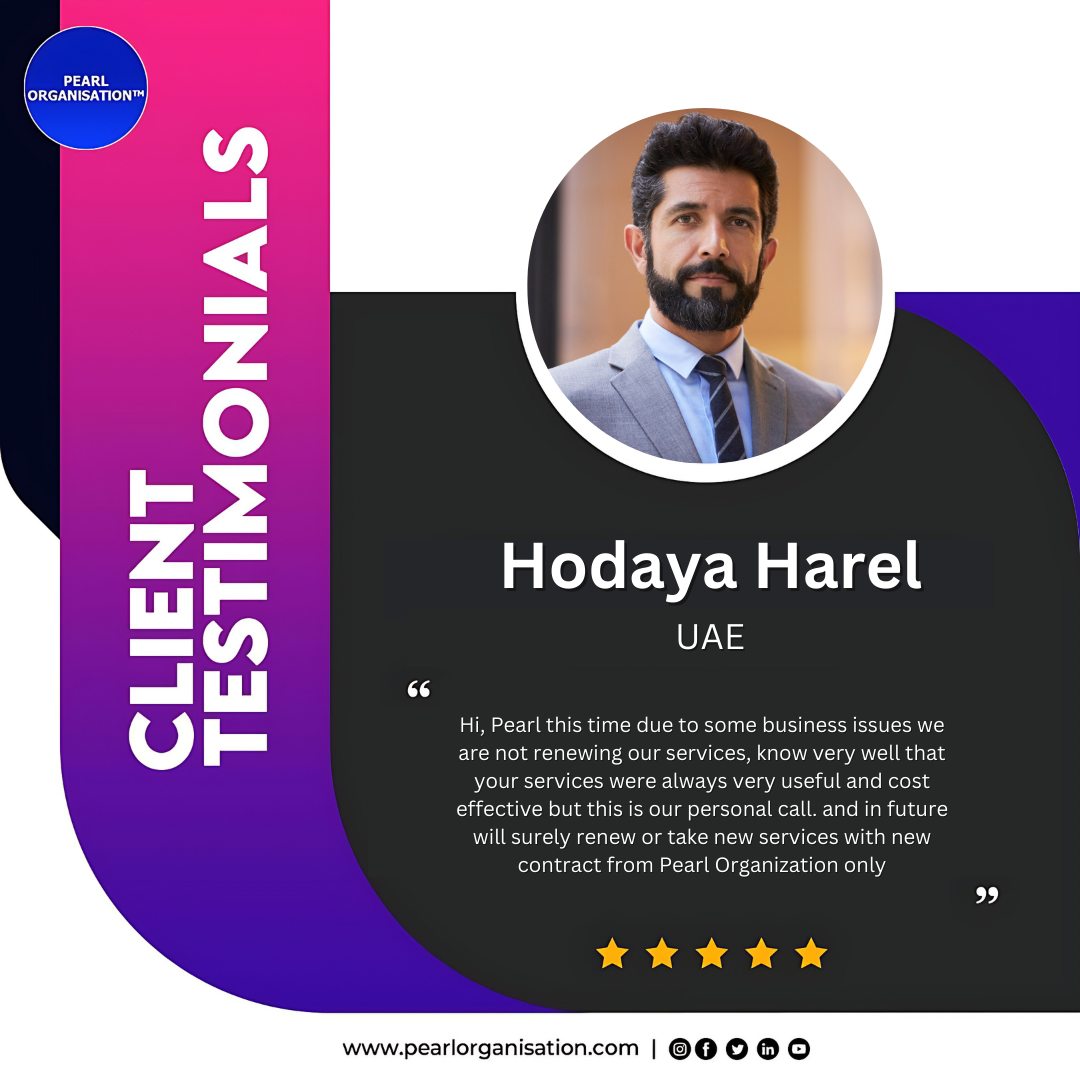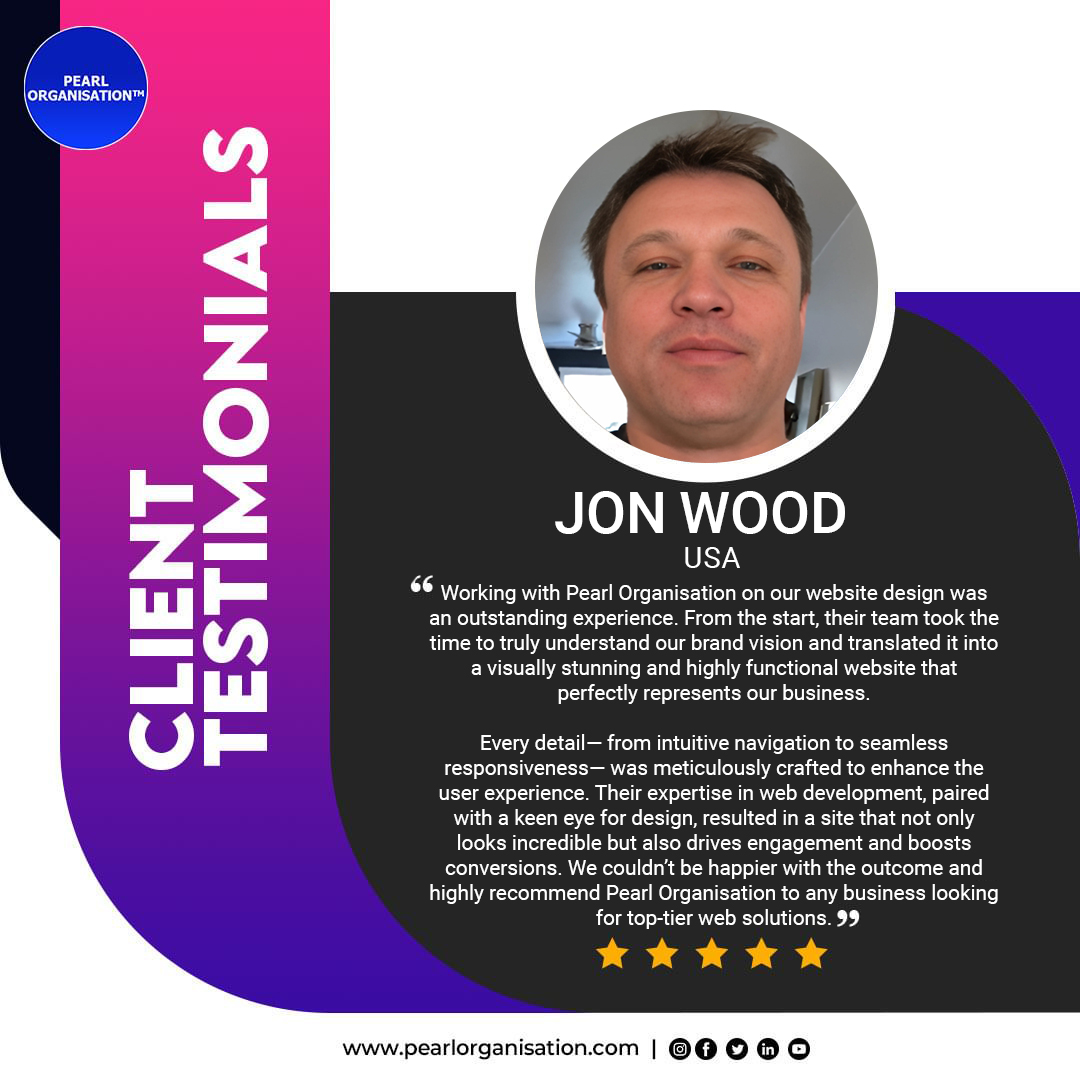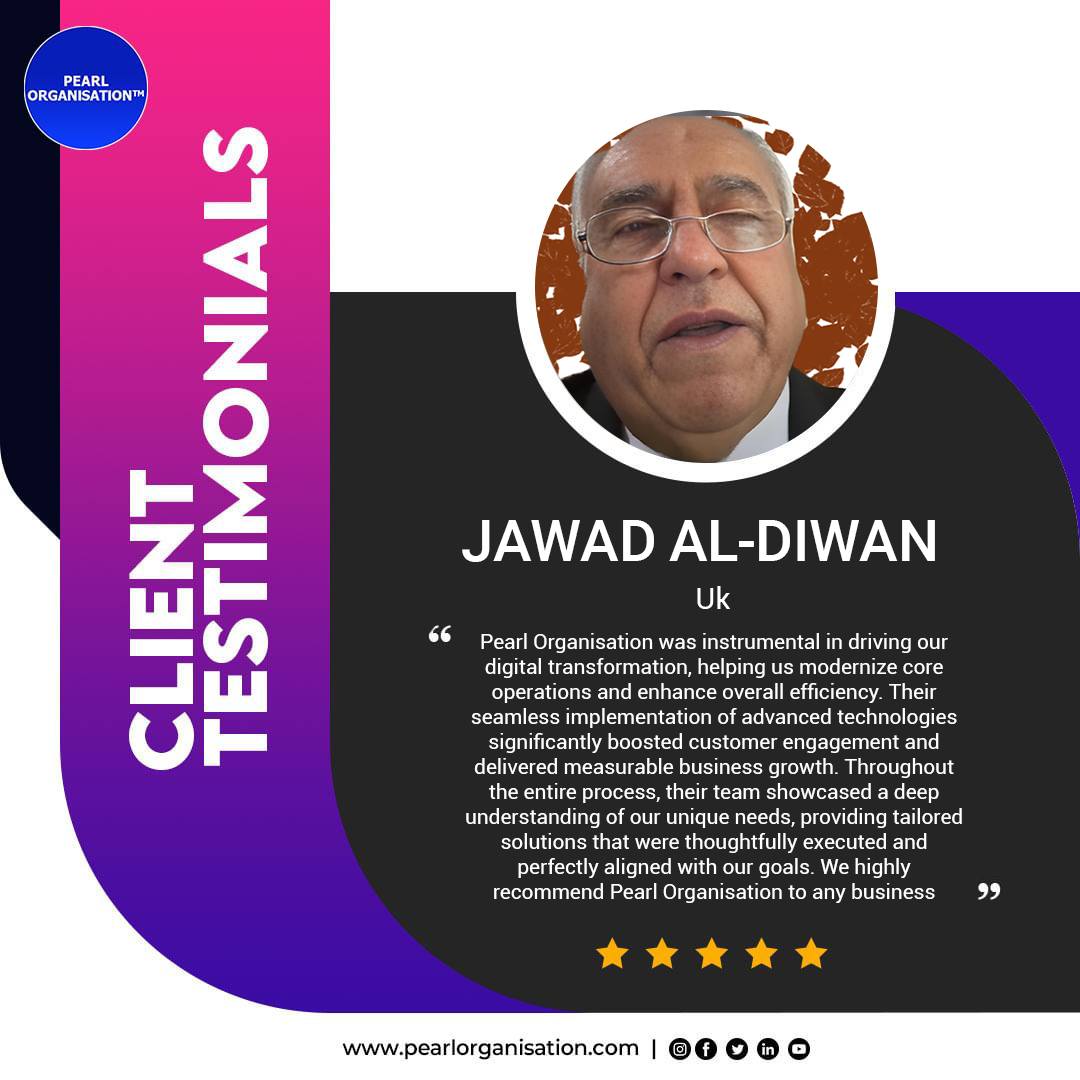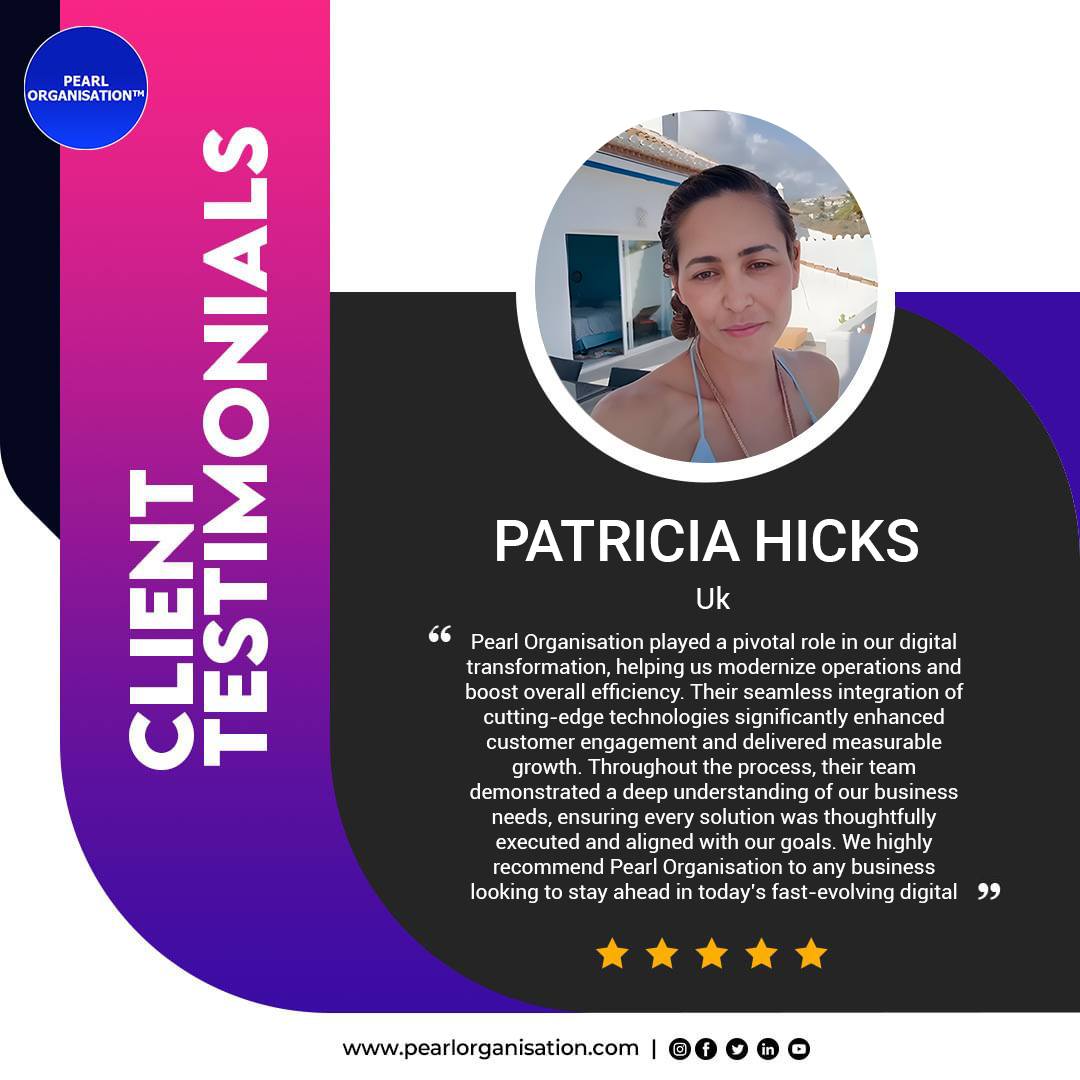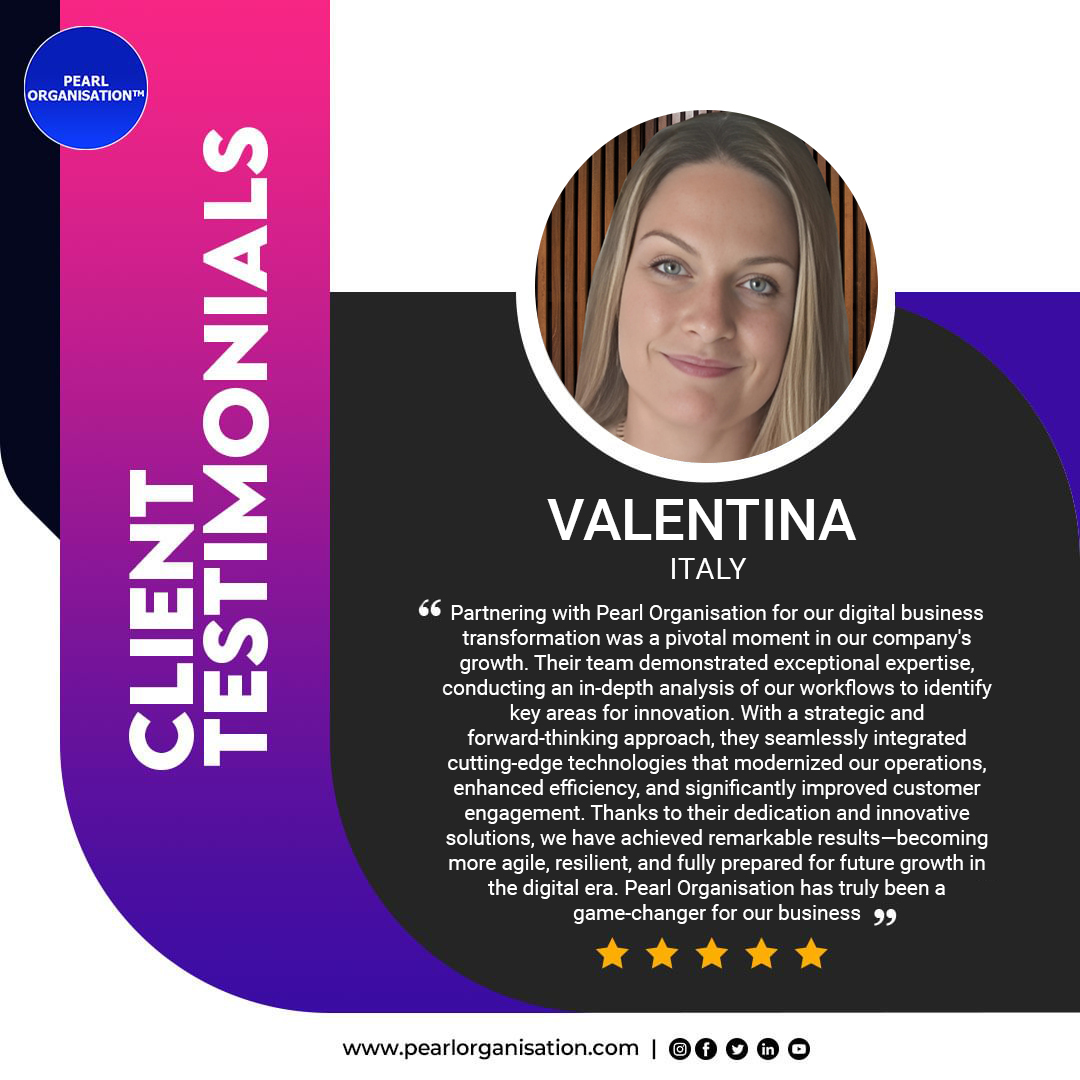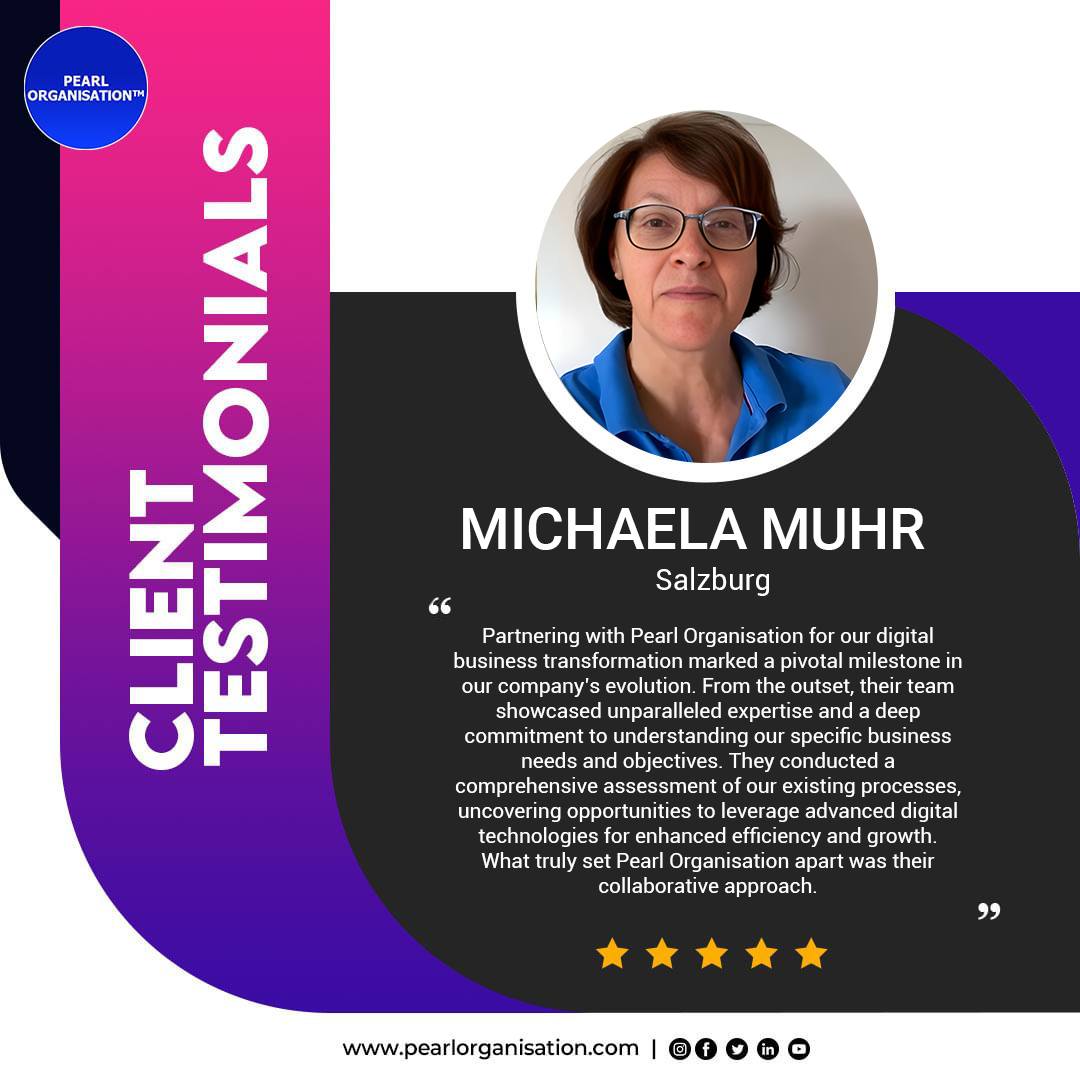AI Model Training: Infrastructure, Cost, and Challenges
- Larrisa

- Jun 6
- 6 min read

Introduction: Why AI Model Training is Mission-Critical in 2025
In 2025, AI is not a competitive edge—it’s a business necessity. From fraud detection and personalized recommendations to autonomous systems and predictive analytics, AI models are powering enterprise transformation. But building an AI system isn’t just about choosing the right algorithm—it’s about training it effectively with infrastructure, compute, and data strategy.
At Pearl Organisation, we provide scalable, secure, and cost-optimized solutions for AI model training, deployment, and lifecycle management, enabling businesses to transform ideas into intelligent, production-ready systems.
⚙️ What is AI Model Training?
AI model training is the process of feeding large volumes of labeled or unlabeled data into an algorithm so it can learn patterns, behaviors, or insights. The goal is to create a model that generalizes well to unseen data and solves a real-world problem (classification, prediction, generation, etc.).
It includes:
Dataset preprocessing & annotation
Model architecture design
Training using compute infrastructure (CPU/GPU/TPU)
Hyperparameter tuning
Evaluation & testing
Continuous training (online/transfer learning)
🧩 Types of AI Models We Help Train
Pearl Organisation supports a broad range of AI workloads:
Supervised learning (e.g. fraud detection, sentiment analysis)
Unsupervised learning (e.g. customer segmentation)
Reinforcement learning (e.g. robotic process control)
Generative models (e.g. GPT, DALL·E, StyleGAN)
Multimodal AI (vision + language + audio)
Foundational models and LLM fine-tuning
🏗️ Infrastructure Required for AI Model Training
AI training is compute-intensive. Choosing the right infrastructure impacts cost, performance, and scalability.
✅ 1. Compute
GPU clusters (NVIDIA A100, H100, RTX 6000) for parallel matrix operations
TPUs (Tensor Processing Units) for deep learning workloads
High-performance CPUs for preprocessing and orchestration
✅ 2. Storage
High-throughput SSDs or NVMe for fast data access
Object storage (e.g., Amazon S3, GCP Cloud Storage) for large datasets
✅ 3. Network & Orchestration
InfiniBand or 100 Gbps networking for multi-node training
Kubernetes with Kubeflow or Ray for orchestration
MLFlow, DVC, or Weights & Biases for experiment tracking
✅ 4. Cloud & Hybrid Platforms
AWS SageMaker, Azure ML, Google Vertex AI
On-premise GPU farms with NVIDIA DGX or HPE Apollo
Edge training support for resource-constrained environments
Pearl Organisation helps you build custom training infrastructure on cloud, on-prem, or hybrid models—optimized for performance and budget.
💸 Cost Factors in AI Model Training
Training AI models—especially deep learning or LLMs—is expensive. Factors include:
Cost Driver | Explanation |
💻 Compute Time | GPU hours increase with model complexity and dataset size |
🧹 Data Preparation | Cleaning, annotating, and labeling require manual effort or tooling |
🧪 Experimentation | Hyperparameter tuning often needs 100s of training runs |
☁️ Storage | Persistent storage for checkpoints, logs, and datasets |
🧰 Tools | MLOps, monitoring, security, and orchestration platforms |
Cost-Saving Strategies by Pearl Organisation:
Model pruning and quantization
Synthetic data generation
Transfer learning with pre-trained models
Multi-cloud price benchmarking
Spot instance automation for training tasks
⚠️ Key Challenges in AI Model Training
🔄 1. Data Quality & Bias
Poor data = poor models. AI must be trained on:
Diverse, representative datasets
Ethically sourced, unbiased samples
Continuously updated information
⚙️ 2. Model Overfitting & Generalization
Avoiding models that memorize training data but fail in production.
🚫 3. Resource Bottlenecks
Training large models often requires parallelization across thousands of GPU cores, which is expensive and hard to manage.
🔐 4. Security & Compliance
AI training pipelines must be:
GDPR, HIPAA, and ISO/IEC 27001 compliant
Secured from data leakage, IP theft, and adversarial attacks
♻️ 5. Sustainability
Large models consume tons of energy—requiring carbon-efficient compute strategies.
🧪 Our AI Training Workflow at Pearl Organisation
Discovery & Problem Mapping
Define objective, constraints, success metrics
Data Engineering & Cleaning
Collect, label, and optimize datasets
Model Selection & Tuning
Choose best-fit architecture and train with scalable compute
Experiment Tracking
Log metrics and version every training run
Validation & Explainability
Ensure accuracy, fairness, and regulatory alignment
Deployment & Monitoring
Convert trained models into REST APIs or edge endpoints
🏆 Why Enterprises Choose Pearl Organisation for AI Model Training
✅ Deep expertise in NLP, Computer Vision, Time Series & LLMs
✅ Custom GPU and TPU deployment on AWS, Azure, GCP, and on-prem
✅ Advanced MLOps practices for training automation and governance
✅ Full lifecycle support: data, model, infrastructure, compliance
✅ 100% IP transfer, audit-ready logs, and ethical AI practices
📈 Use Case: Retail Forecasting Model Training
Client: Global retail chain with 1,200+ locations
Challenge: Train a demand forecasting model across multiple product lines using time-series data from 5 years and 40+ regions.
Solution:
Trained LSTM-based ensemble models with auto-scaling GPU clusters
Used S3-backed versioned datasets + MLFlow tracking
Integrated holidays, promotions, and weather data for feature engineering
Outcome:
27% improvement in forecasting accuracy
$2.5M saved annually through optimized inventory
🎯 Final Thoughts: AI Model Training is a Strategic Investment
The future of AI isn’t just about using models—it’s about training, optimizing, and owning them. With the right infrastructure, data, and expertise, your business can gain a sustainable, scalable competitive edge.
At Pearl Organisation, we make that future real.
📩 Ready to Train Your Next AI Model?
Let Pearl Organisation help you design, train, deploy, and manage high-performance AI systems—from the data pipeline to production endpoints.
👉 Visit: https://www.pearlorganisation.com/artificial-intelligence-ai-automation-data-analytics-services
📞 Schedule a free infrastructure assessment today.
📘 Frequently Asked Questions (FAQs)
1. What is AI model training?
AI model training is the process of feeding data into machine learning or deep learning algorithms so they can identify patterns, make predictions, or perform specific tasks. It involves data preparation, selecting the right model architecture, iterative learning, and evaluating model accuracy.
2. What type of infrastructure is required for AI model training?
AI model training typically requires:
High-performance GPUs or TPUs for deep learning tasks
Fast SSD or NVMe storage for data access
Large RAM and parallel compute nodes for handling big datasets
Orchestration tools like Kubernetes or Ray
Cloud platforms like AWS SageMaker, Azure ML, or GCP Vertex AI
Pearl Organisation offers both cloud and on-premises solutions tailored to your workload and budget.
3. How much does it cost to train an AI model?
Costs depend on:
The type of model (e.g., small CNN vs. large LLM)
Dataset size and preprocessing requirements
Training duration and compute resource usage (GPU hours)
Tools and services used for orchestration, versioning, and compliance
Pearl Organisation helps reduce costs using transfer learning, pruning, quantization, and spot instance optimization.
4. What are the most common challenges in AI model training?
Key challenges include:
Poor or biased data
Overfitting or underfitting
Expensive infrastructure costs
Lack of model transparency (black-box effect)
Difficulty reproducing training results
Regulatory and privacy concerns
Pearl Organisation solves these through data audits, MLOps pipelines, and responsible AI practices.
5. Can I use pre-trained models to reduce training time and cost?
Yes. Transfer learning allows you to fine-tune pre-trained models like BERT, ResNet, or GPT for your custom task. This significantly reduces training time, compute resources, and labeled data requirements.
Pearl Organisation helps you select, customize, and deploy these models for production use.
6. How is training AI on the cloud different from on-premises?
Cloud-based training offers flexibility, scalability, and managed services but incurs ongoing costs.
On-premise training gives full control, better data security, and may reduce long-term costs but requires upfront investment.
We support both models, including hybrid training solutions, to match your security, compliance, and financial goals.
7. What tools are used in managing AI training workflows?
We work with:
ML orchestration: MLFlow, Kubeflow, Airflow
Versioning: DVC, Weights & Biases
Hyperparameter tuning: Optuna, Ray Tune
Monitoring: Prometheus, Grafana, TensorBoard
These tools ensure traceability, reproducibility, and optimization.
8. How do I ensure my AI model is not biased or unethical?
Pearl Organisation performs:
Data source validation and diversity checks
Bias detection during training
Fairness-aware modeling (e.g., differential privacy, adversarial testing)
Model explainability using tools like SHAP or LIME
We also align practices with GDPR, HIPAA, and ethical AI guidelines.
9. Can I train AI models with unstructured data (images, audio, video)?
Yes. Pearl Organisation has expertise in:
Computer Vision (image classification, object detection)
Speech and audio processing
Video analysis with temporal modeling
We use CNNs, RNNs, Transformers, and custom architectures depending on the modality.
10. How long does it take to train an AI model?
Training duration varies:
Small models: A few hours
Complex models (e.g., LLMs): Weeks on distributed clusters
With tuning and retraining: Can extend further
We accelerate delivery through multi-GPU training, mixed precision training, and early stopping mechanisms.
11. How do I evaluate if my trained model is good enough for production?
Key metrics:
Accuracy, precision, recall, F1 score
ROC-AUC for classifiers
RMSE, MAE for regression
Confusion matrix analysis
Real-world testing against unseen data
We also evaluate fairness, interpretability, and risk to ensure compliance and robustness.
12. Do I own the AI model and training data?
Yes. Pearl Organisation provides 100% source code and model ownership, including:
Trained weights
Architecture documentation
API endpoints or deployment formats (ONNX, TF Lite, TorchScript)We also maintain confidentiality with signed NDAs and secure data handling.
13. Can I continue training my model after deployment?
Yes. This is called:
Online learning: The model learns from real-time data
Incremental learning: Retraining with periodic updates
Transfer learning: Applying a model to a new but related task
We help set up CI/CD pipelines for continuous model training and performance monitoring.
14. Does Pearl Organisation help with deploying trained models?
Absolutely. We provide:
REST API deployment
Serverless inference (e.g., AWS Lambda, Azure Functions)
Edge deployment (e.g., NVIDIA Jetson, Coral)
Containerized models (Docker, Kubernetes)
Model registries and version control
15. Why choose Pearl Organisation for AI model training?
✅ Full-stack AI/ML lifecycle support
✅ Industry-grade training infrastructure
✅ Optimized workflows to reduce cost and time
✅ Model transparency and bias mitigation practices
✅ Experience across 150+ global client deployments
✅ Custom reporting, security, and audit readiness
We ensure your AI systems are high-performing, compliant, and future-ready.





























